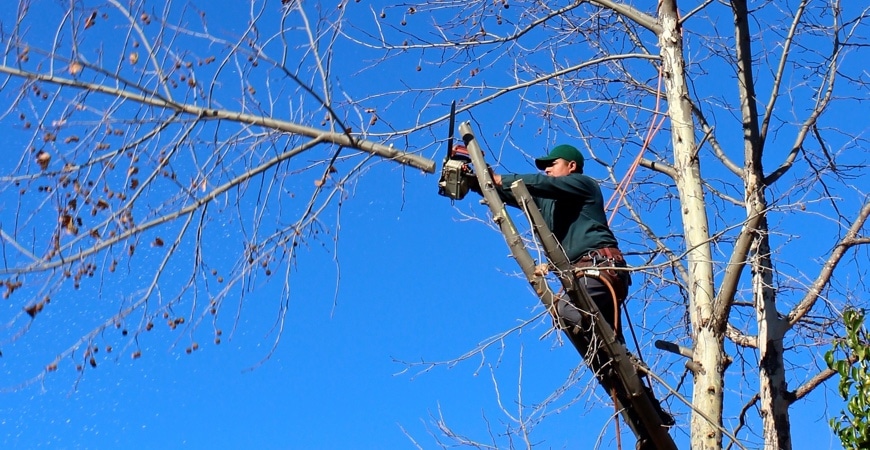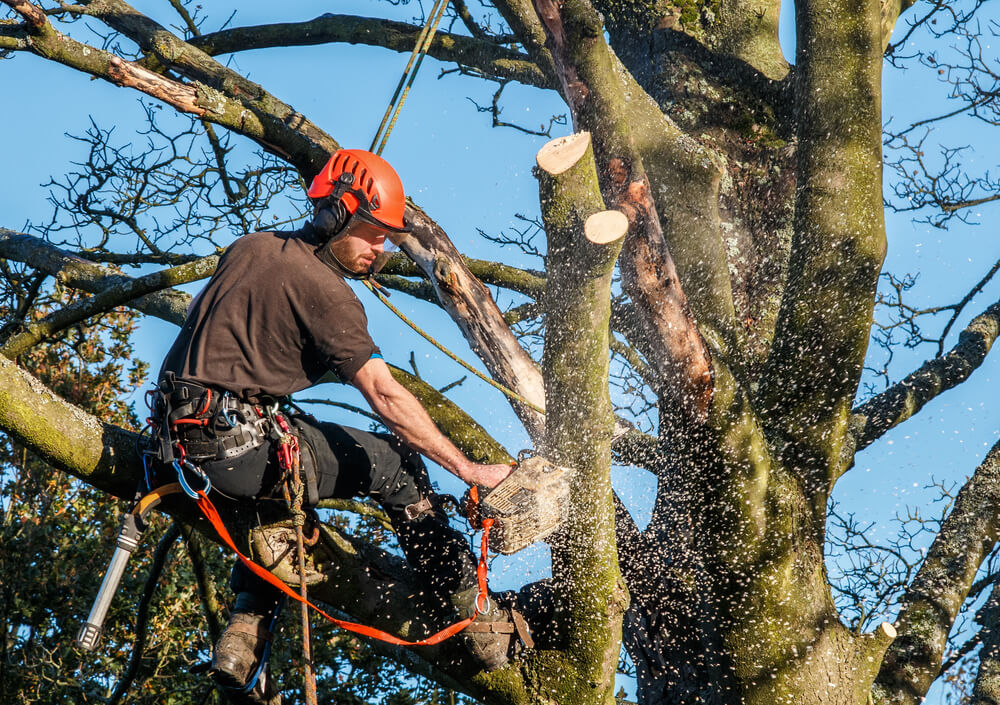Pruning a tree may seem like a simple task but there really is an art to it, especially if you want to ensure it’s looking its best. Whilst people typically think of tree surgeons as the people who cut down trees, we also have the expertise to nourish them and make them thrive. Our steps below will not only ensure your tree remains in top health, but will also have it looking like the best tree on the block.
Keys to Good Pruning
- Make sure your tools are sharp. Blunt tools not only make it harder to cut through the branch, but also lead to rough cuts, which can lead to disease or insect damage. Sharp tools make easy clean cuts, which will minimise any risk of future problems.
- Make sure your tools are clean. Cleaning your tools is an absolute must as it prevents any spread of disease. If you’ve used them on a damaged or diseased tree, this can spread to the new one, resulting in disaster. Clean your tools with a rag and rubbing alcohol before use, taking extra care if you know they have been used on any infected trees.
- Don’t worry about your pruning cuts. Having fresh cuts won’t bring any harm to your tree, so whilst some people paint over the cuts for aesthetic purposes this isn’t necessary, as it doesn’t prevent or reduce decay.
Now that you have the beginners basics, lets look at how you actually go about pruning your tree.
Use the ¼ and ⅓ Rule.
Ah fractions, who needs them? Well as it turns out, they’re pretty handy to keep in mind when pruning a tree. Who knew?! Following these rules will stop you from cutting back too far, whilst also promoting new growth in abundance:
- In a season never cut more then a ¼ of a tree’s crown (the outer branches and leaves extending from the trunk or main stems).
- Ideally the main side branches should be a ⅓ smaller than the diameter of the trunk.
- For most deciduous trees you shouldn’t prune up from the bottom any more than a ⅓ of the trees total height.
- Where possible try to encourage side branches that form angles that are a ⅓ of vertical (basically a 10 o’clock or 2 o’clock angles) with the trunk.

Now that you know the ‘rules’, here’s how to go about pruning the tree:
- Inspect all of the tree, starting at the top and making your way downwards.
- For most species the tree should only have one trunk. Before you begin pruning identify the best leader (the central branch that grows upwards ahead of other branches) and the best lateral branches (also known as scaffold branches, these are the main supporting branches of the tree).
- Remove any imperfect branches before you begin pruning for form.
- Start pruning, using a pole pruner on any high branches. If your tree is over a certain height or specialist equipment is needed we would highly recommend contacting us, as major jobs on big trees should be carried out by qualified tree surgeons for your own safety.
- For larger branches cut outside the branch bark and swollen area, making sure you don’t leave any swollen stubs. If the limb is too small to have formed a collar, cut close.
- When simply shortening a small branch, make the cut at a lateral bud or branch, favouring buds that produce branches that will grow in the desired direction (more often than not, this will be outwards).
- The cuts you make sure should be sharp and clean and made at a slight angle about __ of an inch beyond the bud.
There you have it, everything you need to know when it comes to pruning a tree! Have any questions? Feel free to call us on 0161 338 4455, or if you’re now wondering what else it is we do (aside from write great blog posts, of course!) check out our next post, what is a tree surgeon.


Pingback: 10 Questions With a Tree Surgeon | Rock Tree Surgeons